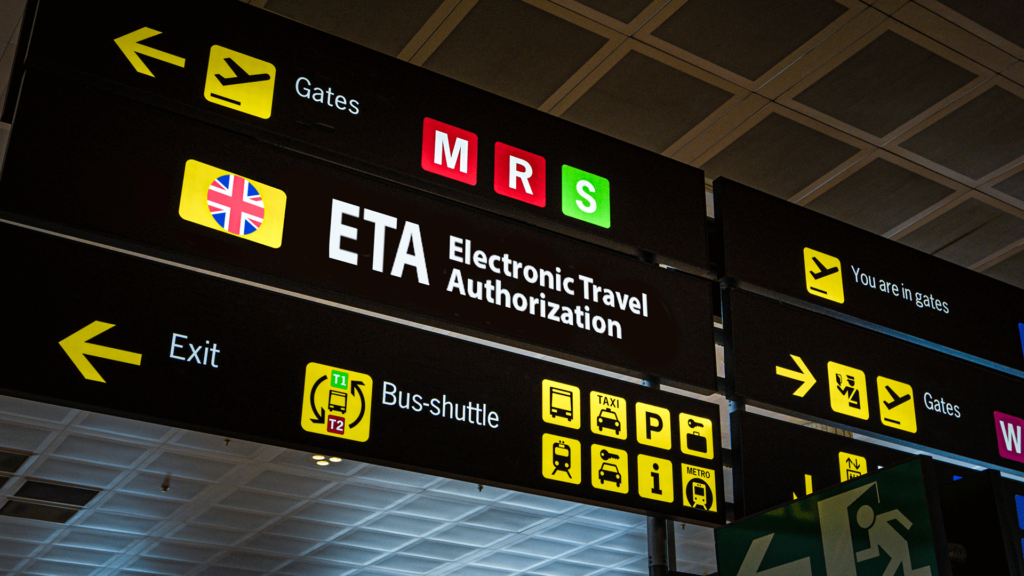Vehicle telematics relies on GPS technology to triangulate the position of vehicles and digital cellular networks to transmit data relating to the vehicle (for example, vehicle diagnostics, driving style and location data). This data is then analysed against certain preset parameters, to give a safety rating to drivers based on their driving and to alter policy premiums up or down in accordance with this rating.
The benefits of telematics are clear, as they have saved some drivers (particularly those in younger age categories) up to 60% in premium. It is no wonder that some 51% of all major fleets in the UK, including 74% of those fleets containing more than 100 vehicles, are using telematics.
Aside from reducing insurance premiums, telematics has a number of other practical benefits which stem from the ability to monitor vehicle condition and performance at a granular level. By measuring things like vehicle idle time, vehicle fuel consumption, allocation of vehicle resources between fleets and fleet pools, distances travelled, and maintenance, fleet operators are able to make significant savings.
These include savings in fuel efficiency, maintenance and servicing costs by spotting potential issues early, asset resale value by reducing the total idling time, thereby the amount of wear and tear of the vehicle, and downsizing fleets to match resource allocation to resource demand.
Clearly, these versatile and adaptive tools will only grow in prevalence with further technological developments and are likely to have an even greater impact in the coming years.
Telematics have traditionally been used to great effect in annual insurance policies in order to reduce the premiums of loyal customers whose driving accords with the safety parameters set. Insurers are now looking to integrate telematics into an ever-broader selection of products.
A few prominent examples include AON, Zego, Progressive, Metromile and ThingCo. AON’s Flee product has been launched in Italy to service businesses by providing cover for employees based on 36, 48, or 60-month lease contracts. Zego’s telematic offering provides insurance for private hire providers on a pay as you go, 30-day or annual basis.
One of the features common to both of these, and many other, telematics products is the availability of pay-per-use cover, either by the number of miles or kilometers covered by the vehicle, or the amount of time the vehicle is on the road, with an overall maximum cap on the premium set out in the policy. This provides flexibility and costs savings to policyholders.
The novel step of incorporating telematics into insurance is one that has resulted in substantial savings for businesses across various sectors, whose commercial vehicle need is sporadic or intermittent, but in our view, these are initial steps towards further connectivity and automation of the UK’s roads, vehicles and public transport. In the UK, Government support for the further development of connected (and autonomous) vehicles and the ambition for the UK to lead the way in their use is clear. The UK Government’s Centre for Connected and Autonomous Vehicles commissioned a report from Element Energy, Cambridge Econometrics, published in January 2021. This report linked further development in connected and autonomous vehicles, based on current market trends, with an estimated 72,000 jobs in the industry and £2.7bn gross value added to the economy by 2035.




